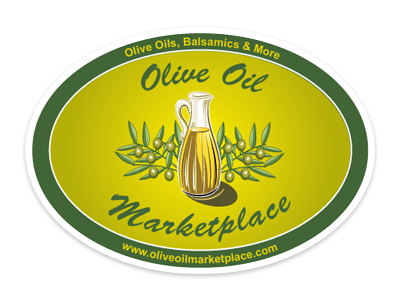What’s raw honey? Why isn’t all honey raw?
It’s probably not too difficult to remember well what “raw” means when you associate it with uncooked vegetables and meat whereby any form of heating is avoided so as to ensure all the natural vitamins and living enzymes and other nutritional elements are preserved.
1. Why Raw Honey is Special and The Best
Raw honey is the most original sweet liquid that honeybees produce from the concentrated nectar of flowers. Collected straight from the honey extractor; it is totally unheated, unpasteurized, unprocessed honey.
An alkaline-forming food, this type of honey contains ingredients similar to those found in fruits, which become alkaline in the digestive system. It doesn’t ferment in the stomach and it can be used to counteract acid indigestion. When mixed with ginger and lemon juices, it effectively relieves nausea and supplies energy. Raw foodists loves honey for its exceptional nutritional value and its amylase, an enzyme concentrated in flower pollen which helps predigest starchy foods like breads.
2. Most Supermarket Honey is Not Raw
A lot of honey found in the supermarket is not raw honey but “commercial” regular honey, some of which has been pasteurized (heated at 70 degrees Celsius or more, followed by rapid cooling) for easy filtering and bottling so that it looks cleaner and smoother, more appealing on the shelf, and easier to handle and package.
Pasteurization kills any yeast cell in the honey and prevents fermentation, which is a concern for storing honey with high moisture content over a long period especially in warm weather. While fermentation does not pose a health danger (mead is fermented honey), it does affect the taste of honey. Heating also slows down the speed of crystallization in liquid honey. On the downside, when honey is heated, its delicate aromas, yeast and enzymes which are responsible for activating vitamins and minerals in the body system are partially destroyed.
Among manufacturers there exists no uniform code of using the term “raw honey”. There are no strict legal requirements for claiming and labelling honey as “raw”. Nevertheless, suppliers who understand that honey that has undergone heat treatment would not be as nutritious and have the consumers’ health in mind would ensure their honey is only slightly warmed (not pasteurized), just enough to allow the honey to flow for bottling. Thus, you may also find raw honey that are unprocessed but slightly warmed to retard granulation for a short period of time and allow light straining and packing into containers for sale. Using as little heat as possible is a sign of careful handling by honey suppliers.
3. Raw Honey Granulates Over Time and is Not Crystal Clear
Usually raw, unfiltered raw honey can only be purchased directly from the bee farm. Characterised by fine textured crystals, it looks cloudier and contains particles and flecks made of bee pollen, honeycomb bits, propolis, and even broken bee wing fragments. Raw and unfiltered honey and has a high antioxidant level and will usually granulate and crystallize to a thick consistency after a few months. It is usually preferred as a spread on bread and waffles, or dissolved in hot coffee or tea. However, as most consumers are naturally attracted to buying and eating crystal clear and clean honey, unfiltered honey which looks cloudy and unappealing, is not commercially available on supermarket shelves.
Forms of Honey
Honey comes in different forms – comb, liquid, cream.
Color and Flavor of Honey
Color is used in the honey industry as a convenient measure of honey flavor and aroma. Generally, lighter honeys have a milder flavor and darker honeys have a more robust flavor. The color and flavor of honey is largely determined by the floral source of the nectar. However, exposure to heat and storage time may affect honey’s quality and color. Normally, the darkening of honey occurs more rapidly when honey is stored at high temperatures. Also, honey appears lighter in color after it has granulated, which is why most creamed honeys are opaque and light in color.
Source:
benefits-of-honey.com/raw-honey.html

Very rich article. I like it. I have also written about honey, its health benefits, nutrition facts, amazing uses, buying tips, best 10 honey in the world. You can visit my article at http://www.pureandorganicbd.com/product/honey/